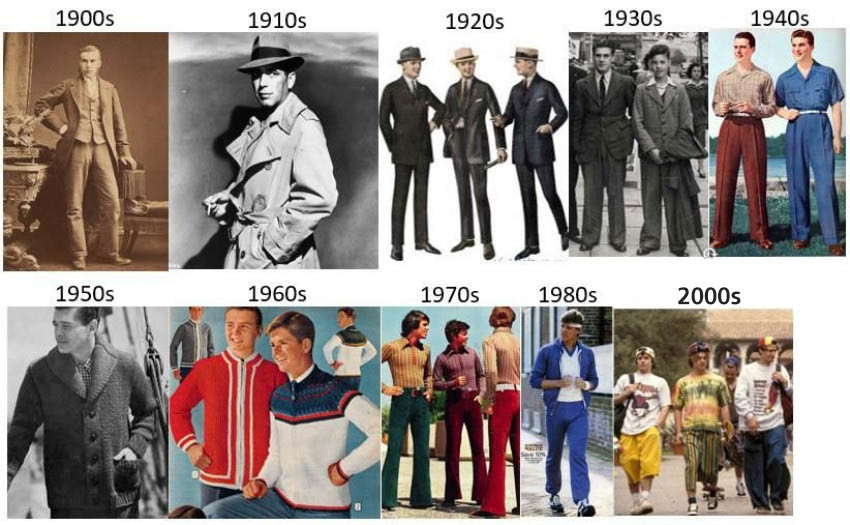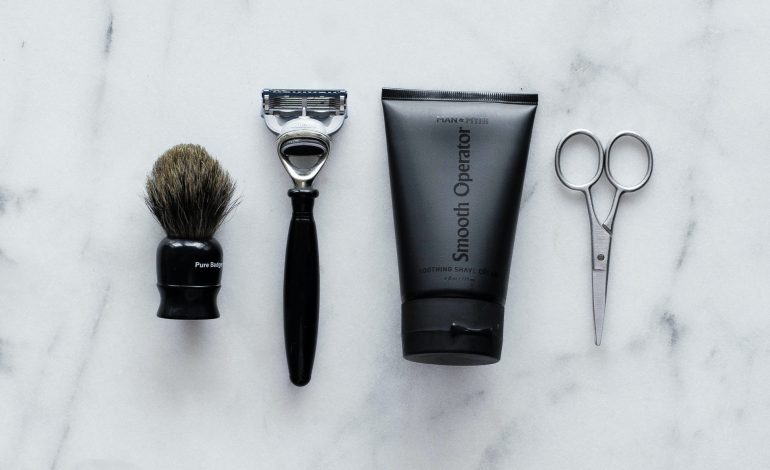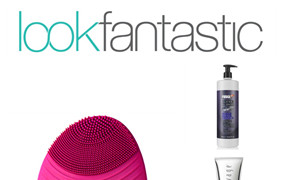Hairstyles have long been a reflection of cultural norms, personal expression, and societal trends. Throughout history, men's hairstyles have undergone significant transformations, influenced by social, political, and cultural factors. From the simplicity of ancient times to the extravagant styles of the Renaissance and the rebelliousness of the modern era, men's hairstyles have evolved immensely, illustrating the changing notions of masculinity and individuality.

In ancient civilizations, men's hairstyles were often simple and functional. Mesopotamian men, for instance, maintained short, neatly trimmed hair, as depicted in ancient artifacts and carvings. Similarly, the ancient Egyptians shaved their heads, possibly for religious or hygienic purposes, and wore wigs instead. These early civilizations associated well-groomed hair with cleanliness and social status.
In contrast to the minimalistic hairstyles of ancient times, the ancient Greeks celebrated long, flowing hair as a symbol of masculinity and beauty. Men would grow their hair out and style it with olive oil, using bone combs to create elaborate curls and waves. The length and style of one's hair in ancient Greece were closely tied to social standing and served as a form of self-expression.
During the Roman Empire, hairstyles became more refined and elaborate, reflecting the wealth and luxury of the era. Roman men used a variety of tools and techniques to style their hair, including curling tongs and hot irons. They would often dye their hair with plant extracts and adorn it with extravagant accessories, such as decorative hairpins and laurel wreaths. These flamboyant styles demonstrated one's social status and were intended to draw attention.
With the fall of the Roman Empire came a shift in men's hairstyles. The Middle Ages witnessed more conservative and practical hairstyles. Men during this time often wore their hair short and slicked back, reflecting the influence of the Church and the emphasis on simplicity and humility. Long hair was associated with barbarism and rebellion, and men who wore it risked being seen as outsiders.
The Renaissance marked a period of revival and a return to the extravagance of ancient times. Men's hairstyles became more ornate, emulating the hairstyles depicted in ancient Greek and Roman sculptures. Long, flowing hair was fashionable, and it was often adorned with jewels and ribbons. Wigs also grew in popularity during this time, with men wearing powdered and curled wigs as a symbol of wealth and status.
As societies modernized and industrialization took hold, men's hairstyles began to evolve once again. The 18th and 19th centuries saw a shift towards more natural and subtle hairstyles. The influences of the French Revolution and the Age of Enlightenment led men to adopt simpler, more practical styles. Classic hairstyles such as the "powdered wig" were gradually replaced by shorter, more natural-looking cuts, emphasizing cleanliness and functionality.
The 20th century witnessed dramatic changes in men's hairstyles, driven by shifting societal norms and significant cultural movements. The early 1900s brought about the popularity of slicked-back hair, influenced by the dapper look of the Jazz Age. This style, commonly seen in films and fashion advertisements, exuded a sense of sophistication and elegance.
Following World War I, men's hairstyles became shorter and more practical. The military's influence, combined with the rise of industrialization, led to the popularity of the clean-cut, short back and sides haircut. This style was associated with discipline, efficiency, and conformity, reflecting the social and political climate of the time.
The 1950s and 1960s marked a turning point in men's hairstyles, with rebelliousness and individuality taking center stage. The emergence of rock 'n' roll and youth counterculture challenged traditional norms, and men began growing their hair longer. The Beatles' iconic "mop-top" hairstyle became a symbol of rebellion and anti-establishment sentiments. This era saw men embracing their individuality and rejecting societal expectations.
The 1970s witnessed a variety of hairstyles, from afros to long, flowing locks. The influence of the hippie movement encouraged men to express themselves through their hair, reflecting a desire for freedom and self-expression. The 1980s brought about a return to short, styled hair, with the advent of punk and new wave subcultures. Spiky, gelled hairstyles and colorful hair dye became popular, reflecting a sense of rebellion and nonconformity.
In recent years, men's hairstyles have become increasingly diverse and inclusive, mirroring the changing attitudes towards gender and self-expression. From buzz cuts to man buns, from fades to undercuts, men now have a wide range of styles to choose from, allowing them to express their individuality and personality.







Leave a Reply